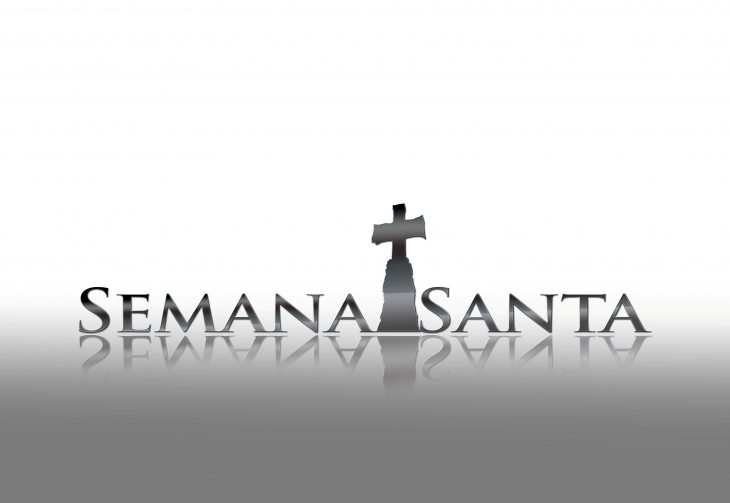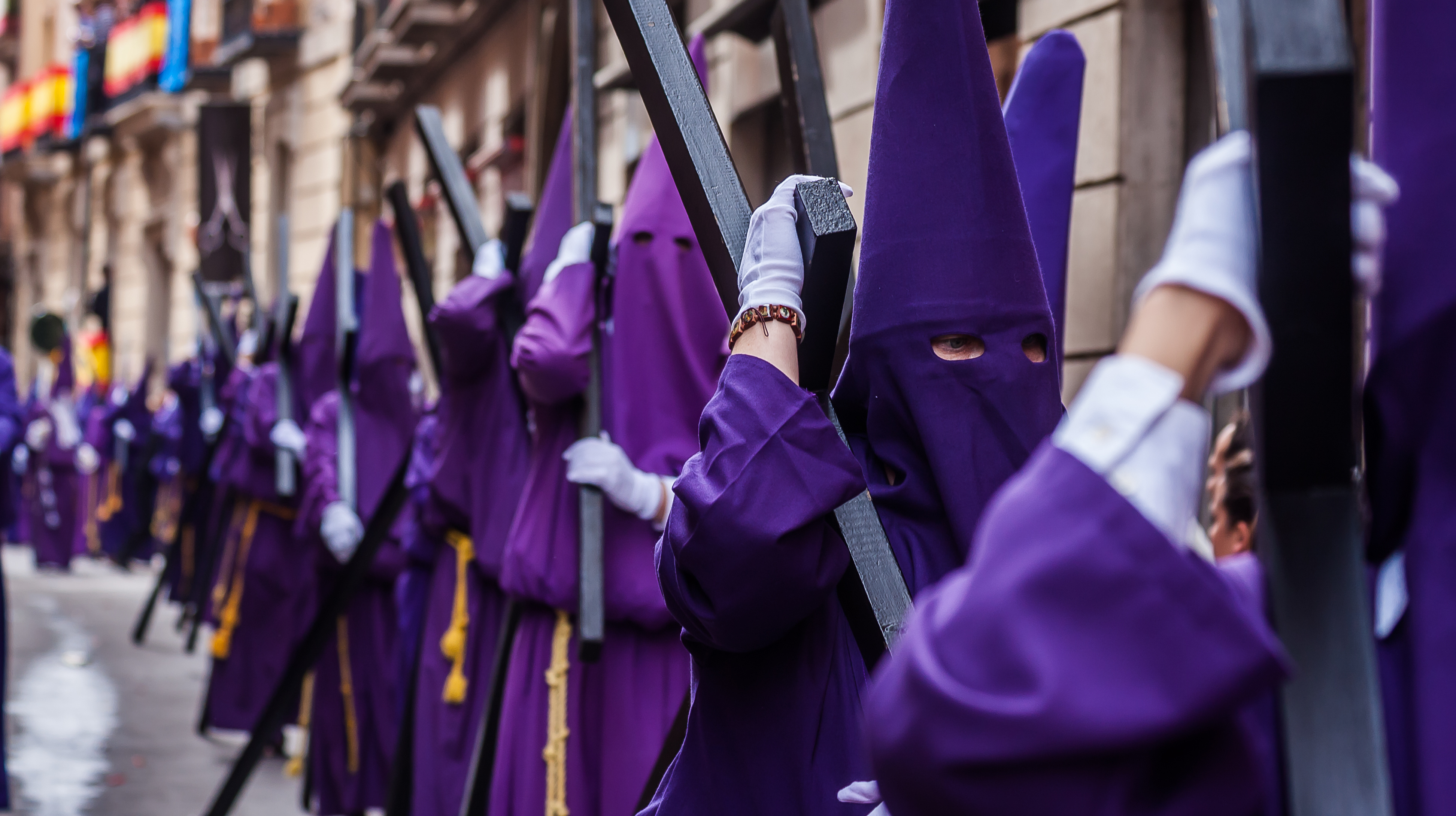
Semana Santa, also known as Holy Week, is a significant religious observance celebrated in various countries around the world. It holds great cultural and religious importance, with a focus on the events leading up to and including the crucifixion and resurrection of Jesus Christ. In this article, we will dive into the captivating world of Semana Santa, uncovering intriguing fun facts that shed light on its traditions, customs, and cultural significance.
Origins and Meaning of Semana Santa
Semana Santa originated in Spain and is deeply rooted in the Catholic faith. It commemorates the final week of Jesus Christ’s life, leading up to his crucifixion on Good Friday and his resurrection on Easter Sunday. The observance has since spread to many countries with a Catholic majority, including Mexico, the Philippines, Italy, and various Latin American nations.
Processions and Floats
One of the most distinctive features of Semana Santa is the solemn processions that take place throughout the week. Participants, often members of religious brotherhoods or fraternities, dress in traditional attire and carry religious statues and floats known as “pasos” through the streets. These pasos depict scenes from the Passion of Christ, creating a visually striking and emotionally powerful spectacle.

Nazarenos and Penitents
A notable sight during Semana Santa processions is the presence of Nazarenos or penitents. Nazarenos are individuals who participate in the processions wearing long robes and pointed hoods, often reminiscent of the Ku Klux Klan’s attire. However, the origins of the Nazareno attire in Semana Santa predate the Ku Klux Klan and have symbolic religious significance, representing humility and anonymity. Each Nazareno belongs to a specific brotherhood and may carry candles or crosses as a sign of penance and devotion.
Symbolism of Colors
Colors play a significant role in Semana Santa. In Spain, the robes worn by participants often have distinct colors, each with its symbolic meaning. For example, purple represents penance and mourning, while white signifies purity and joy. The choice of colors adds depth and symbolism to the processions.
Traditional Music
Many Semana Santa processions are accompanied by solemn music, adding to the atmosphere of reverence and reflection. Bands, known as “música procesional,” play religious hymns and mournful melodies as the pasos make their way through the streets.
Easter Foods
Semana Santa is also a time when special foods and sweets are prepared and enjoyed. In Spain, torrijas (a type of French toast) and pestiños (honey-coated pastries) are popular Easter treats. In Mexico, people indulge in capirotada, a traditional bread pudding made with a variety of ingredients such as bread, cheese, nuts, and dried fruits.
Spain
In Spain, particularly in Andalusia, Seville, and Malaga, Semana Santa processions are known for their grandeur and artistic significance. The processions often involve thousands of participants and attract visitors from around the world. In Seville, the processions can last up to 14 hours and involve thousands of participants. It is estimated that over one million people attend the processions in Seville each year.
Mexico
In Mexico, Semana Santa is a time of religious fervor and elaborate processions. The city of Taxco is renowned for its silver mines and its Semana Santa celebrations, which include processions that wind through the narrow streets of the city.
Philippines
The Philippines is known for its vibrant and deeply religious Semana Santa traditions. The city of Manila, in particular, holds processions and reenactments of the Passion of Christ, attracting devotees and tourists alike.

Conclusion
Semana Santa is a time of deep religious devotion, cultural expression, and communal celebration. From the powerful processions and floats to the rich culinary traditions, Semana Santa captivates the hearts and minds of people around the world. By exploring the origins, customs, and unique aspects of this observance, we gain a greater appreciation for the cultural tapestry that Semana Santa weaves. Whether you participate as a devoted follower or an interested observer, Semana Santa offers a profound and unforgettable experience.
Frequently Asked Questions (FAQs)
When does Semana Santa take place?
Semana Santa, or Holy Week, typically takes place in the week leading up to Easter Sunday. The dates vary each year, as they are determined by the lunar calendar. Semana Santa begins on Palm Sunday and concludes on Easter Sunday.
What is the significance of the pasos in Semana Santa processions?
The pasos, or floats, used in Semana Santa processions depict scenes from the Passion of Christ. They serve as a visual representation of the events leading up to Jesus Christ’s crucifixion and resurrection. The pasos are meticulously crafted and are considered sacred objects of veneration.
Are Semana Santa processions only religious in nature?
While Semana Santa processions are deeply rooted in religious traditions, they also hold cultural significance in many communities. The processions often attract tourists and showcase local artistic expressions, including music, dance, and traditional attire.
Are there any specific customs or practices during Semana Santa?
Yes, Semana Santa is associated with various customs and practices depending on the region and country. These may include the reenactment of biblical scenes, the creation of intricate alfombras (carpets made of colored sawdust or flower petals), and the observance of specific religious services and rituals.
Can non-religious individuals participate in Semana Santa processions?
Semana Santa processions are generally open to the public, and non-religious individuals are welcome to observe and participate respectfully. However, it’s important to be mindful of the solemn and religious nature of the event and to show respect for the customs and traditions being observed.
Was this page helpful?
Our commitment to delivering trustworthy and engaging content is at the heart of what we do. Each fact on our site is contributed by real users like you, bringing a wealth of diverse insights and information. To ensure the highest standards of accuracy and reliability, our dedicated editors meticulously review each submission. This process guarantees that the facts we share are not only fascinating but also credible. Trust in our commitment to quality and authenticity as you explore and learn with us.
